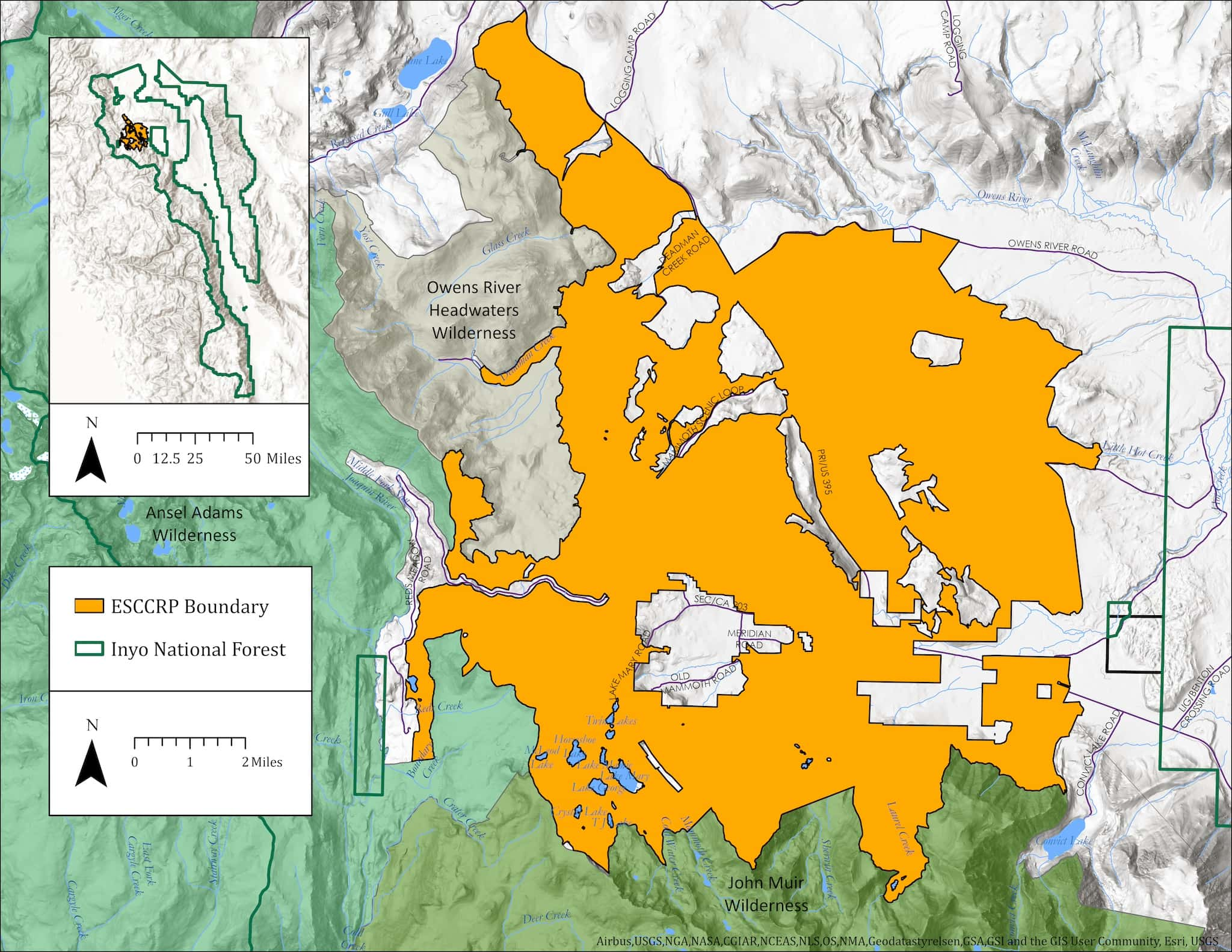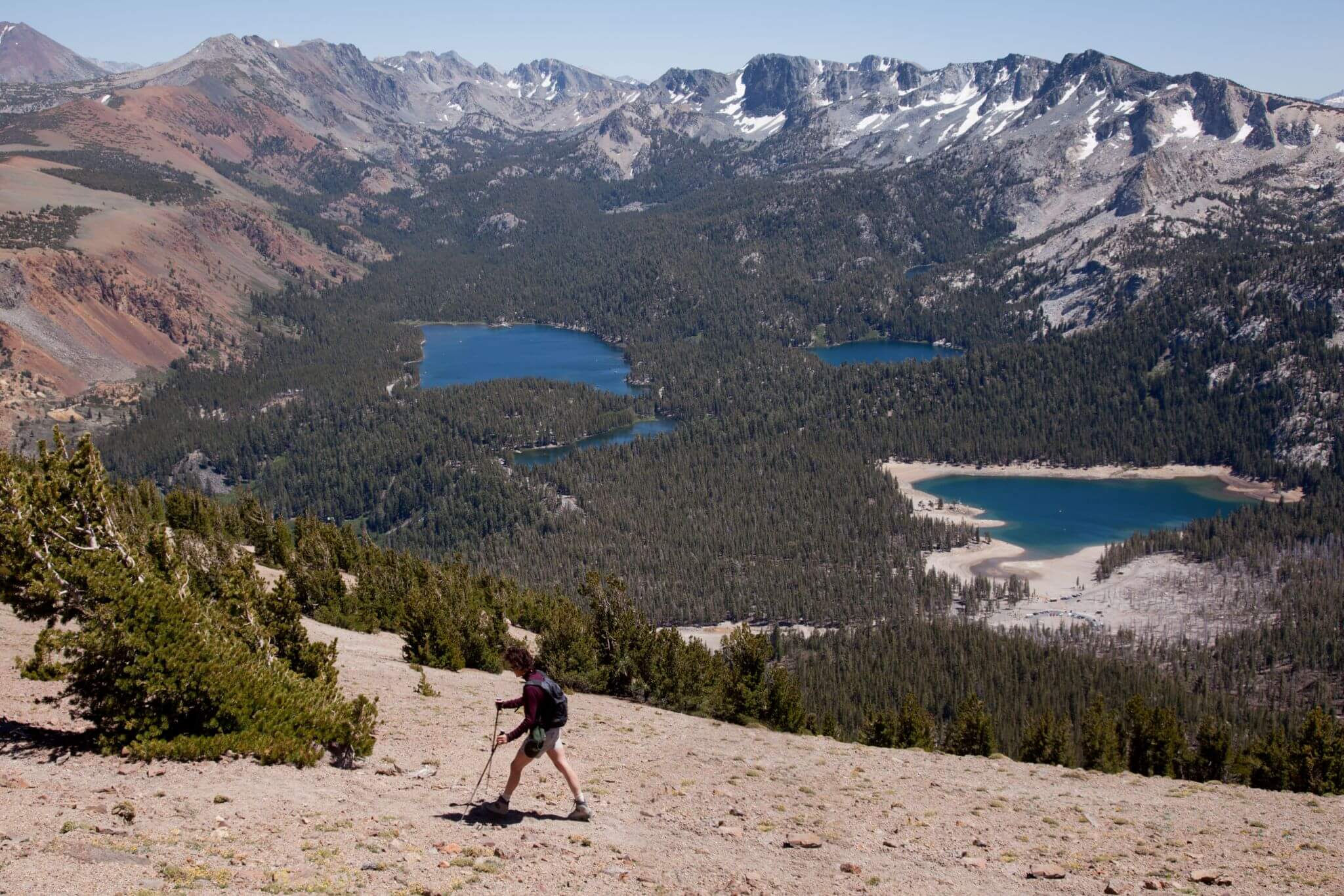
About the ESCCRP
The Eastern Sierra Climate and Communities Resilience Project (ESCCRP) Landscape takes a comprehensive view of forest management across a 65,000-acre area in the Eastern Sierra. Unlike previous approaches that focused on smaller, disconnected parcels, this project addresses the larger, interconnected nature of the landscape to influence how future fires behave in this region by removal of overabundance of fuels.
By planning at a broader scale, the ESCCRP aims to enhance forest health, reduce undesired wildfire effects, and create more resilient ecosystems. Learn why our forests need help.
See our upcoming work areas and treated acres and learn about work occurring in 2025.
Interested in more background? Check out our StoryMap and Needs Assessment below.
Project Goals

Reduce the risk in the Town of Mammoth Lakes and its assets from fire by increasing the pace and scale of fuel and vegetation treatments in and around the Town of Mammoth Lakes.
Create vegetation conditions that allow for safe, effective, and efficient fire suppression, use of managed wildland fire, and application of prescribed fire, while protecting public and community health and safety.
Manage and respond to fire within its natural range of variation, in an ecologically beneficial and socially acceptable way, that perpetuates landscape heterogeneity and reduces the threat to human safety or infrastructure from catastrophic wildfire.
Reduce the potential for catastrophic wildfire and other stressors through progressive and proactive forest treatments to return forest structure, function, and composition to the natural range of variation. A healthy ecosystem yields both ecological and community benefits and supports a diverse array of animal and plant species.
Implement restoration based on science, including traditional ecological knowledge, which allows for learning and adaptive management to address changing climate and other environmental stressors.


Increase public understanding of the role of wildland fire on the landscape, hte need for proactive forest management, and an increase in pace and scale of restoration to allow fire to play its necessary role.
Foster a collaborative approach to landscale-scale restoration. Utilize agreements and other mechanisms to form partnerships between federal, state, local, and tribal governments as well as non-governmental organizations and private entities to accomplish fuels reduction projects on federal and other lands more efficiently.
Invest in partnerships and technology to help increase pace and scale of restoration through creative biomass and workforce solutions that contribute to a sustainable wood products market.
Environmental Analysis
A key component of Whitebark’s involvement is the ESCCRP NEPA—a large-scale environmental analysis covering 58,000 acres, conducted by Whitebark Institute in partnership with the Inyo National Forest. This marks the largest NEPA analysis ever conducted on the Inyo National Forest, made possible due to a 2019 update to the Inyo’s Land Management Plan. This plan called for a more holistic approach to fuels reduction and ecosystem restoration, aiming to move beyond piecemeal strategies.
While the ESCCRP NEPA is a major part of the ESCCRP Landscape, the remaining acres are managed under existing NEPA decisions like the Reds Meadow and Three Creeks NEPA projects.
Together, these initiatives create a unified, landscape-level strategy that works in concert to address the needs of the Eastern Sierra’s forests and landscapes.
Learn more about the environmental planning process.
Project Timeline
A project of this scale requires years of careful planning and collaboration. This timeline highlights the journey of the ESCCRP, from initial partner meetings and securing the first funding, to in-depth environmental analyses and project planning.
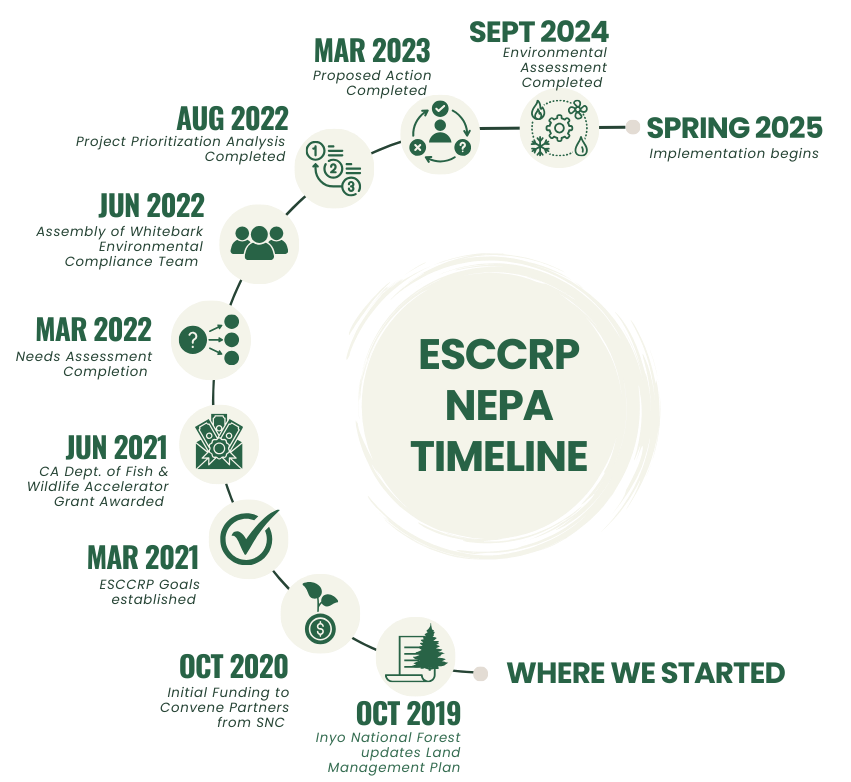
Explore ESCCRP Landscape
Explore the interactive map of the ESCCRP project landscape to view the full project boundaries and priority areas for fuels reduction.
The map highlights zones analyzed under the ESCCRP NEPA process and related decisions, with priority acres color-coded from highest (red) to lowest (dark green) based on treatment urgency.
Partners
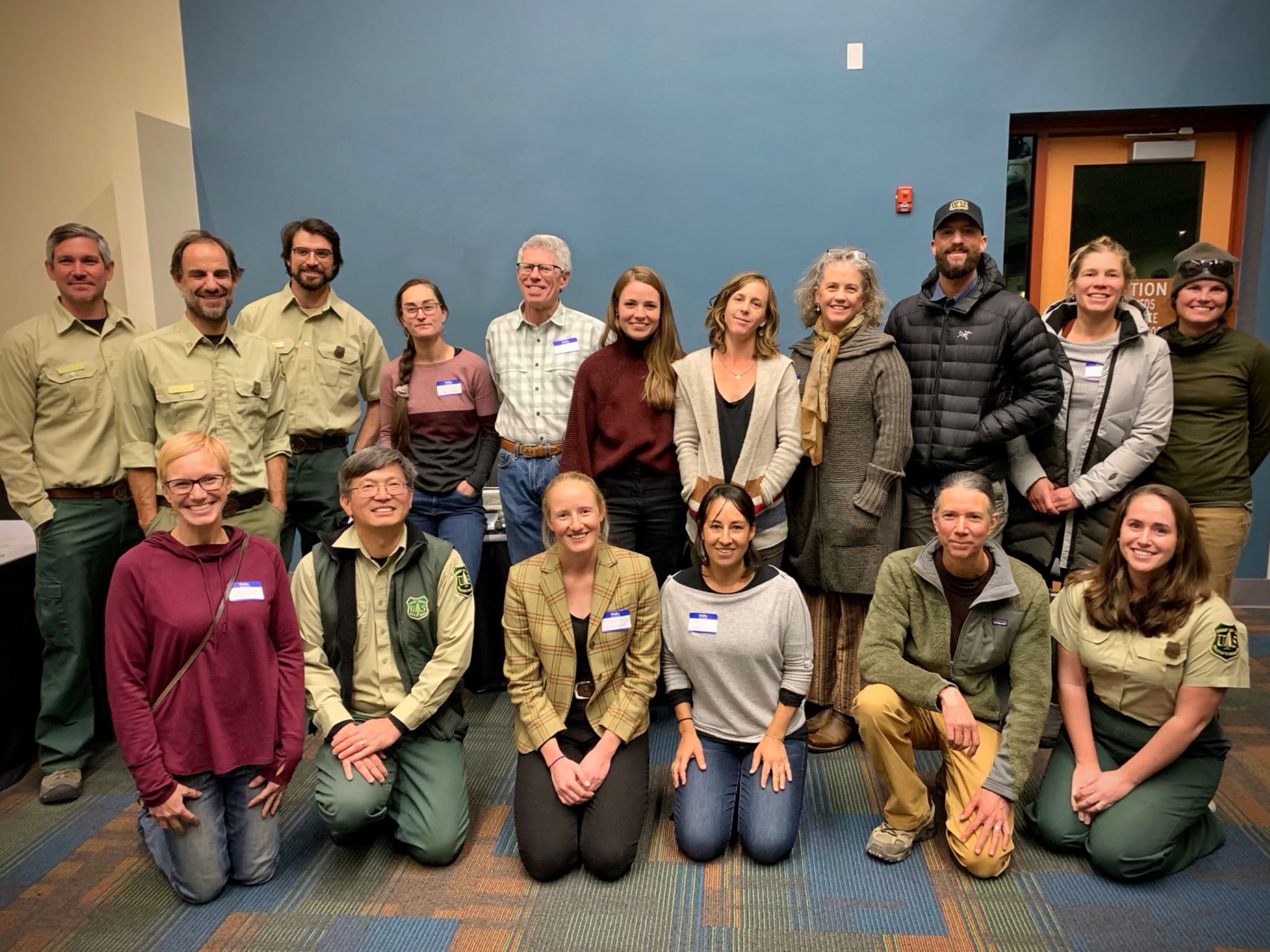
Partners
The ESCCRP Landscape is a collaborative effort involving a diverse range of partners. This includes federal agencies like the U.S. Forest Service, state agencies, non-profits, tribal partners, and community organizations. The aim is to pool expertise and resources to achieve shared goals of resilience and restoration.
Funding
The ESCCRP has been made possible by critical funding to build local capacity for environmental planning and restoration efforts. Initial funding for the planning process came from the California Department of Fish and Wildlife through the Eastern Sierra Council of Governments.
Additional support has been provided by the National Fish and Wildlife Foundation, CALFIRE, and the Sierra Nevada Conservancy.
Funding
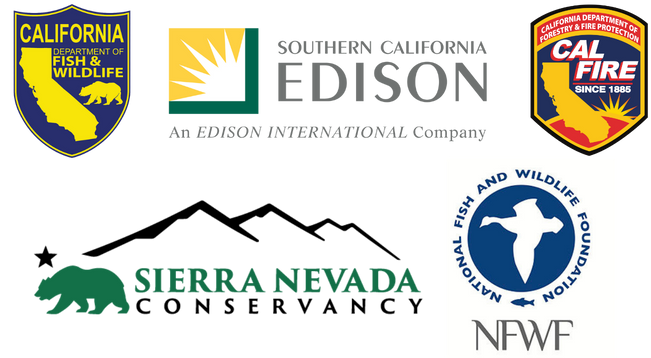
Foundational Needs
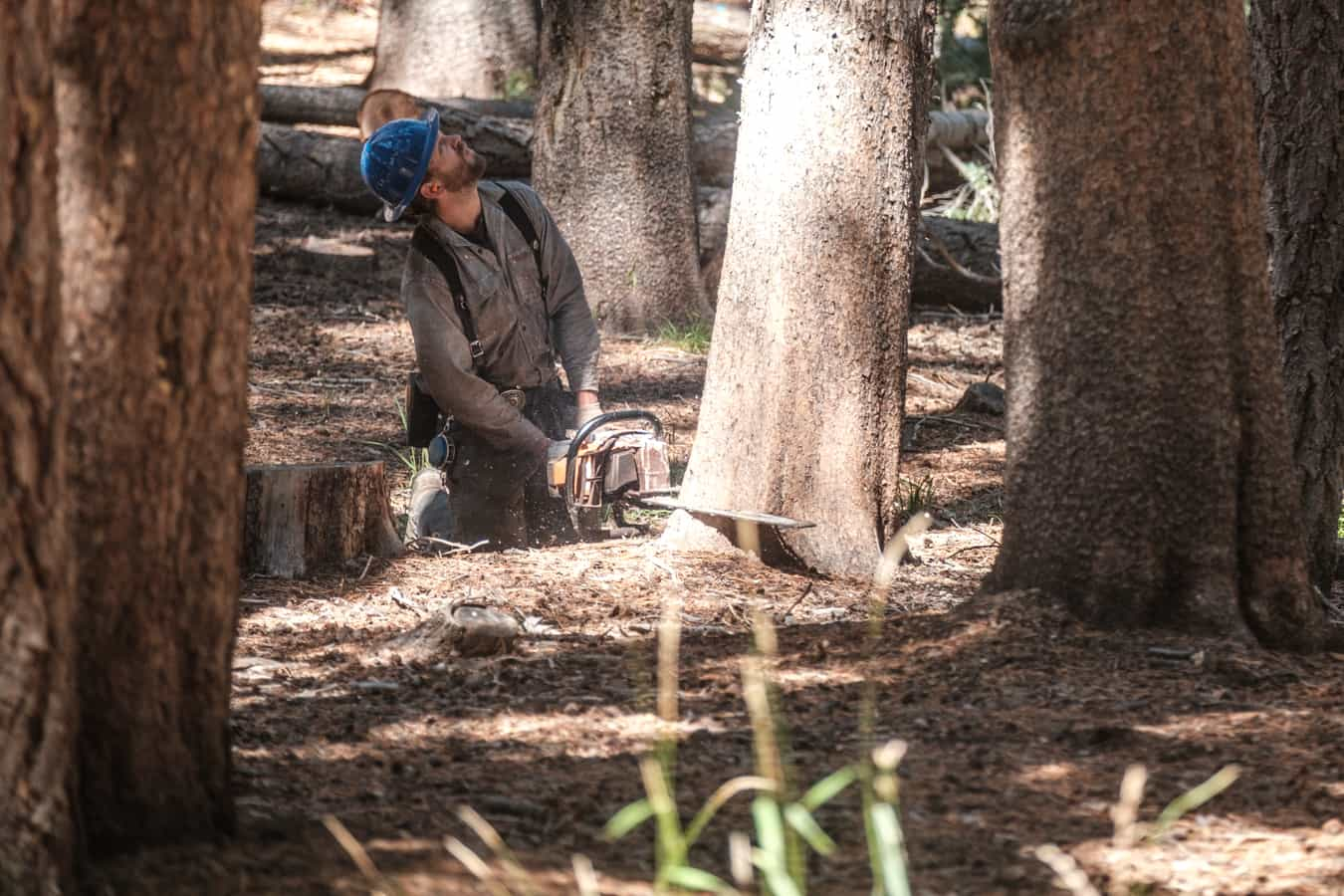
Workforce Capacity
Forest restoration projects require a robust workforce, and while there are challenges in attracting skilled labor, particularly in rural areas, significant strides are being made to build local capacity. Training programs, partnerships with experts, and workforce development initiatives are helping to ensure that the necessary skilled labor is available to meet project needs.
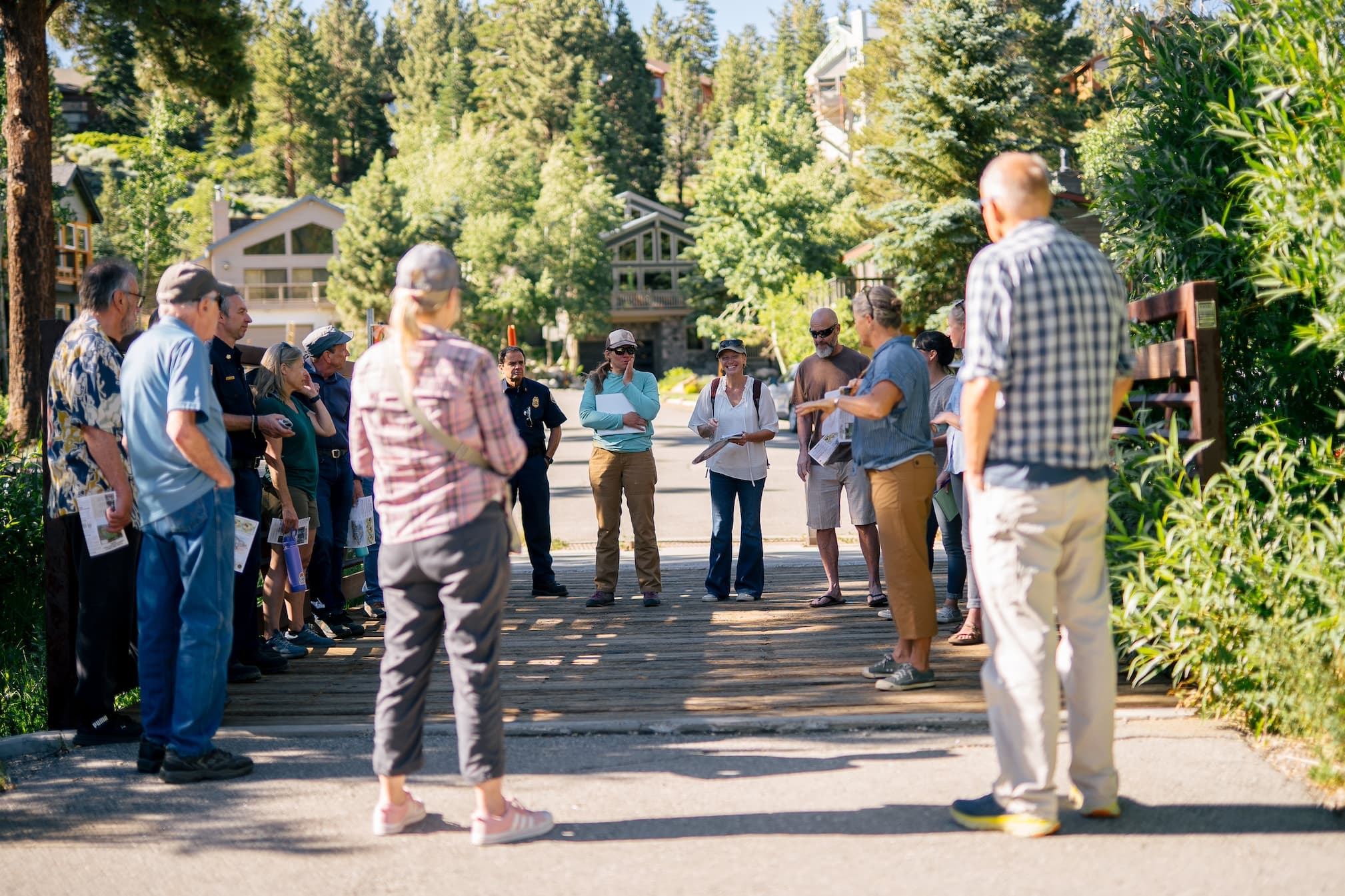
Sustainable Funding
Ensuring long-term financial support is key to the success of restoration efforts. While reliance on short-term funding cycles is a challenge, creative solutions such as developing diversified funding sources, engaging with new partners, and securing multi-year grants are helping to build a more sustainable funding base for ongoing restoration work.
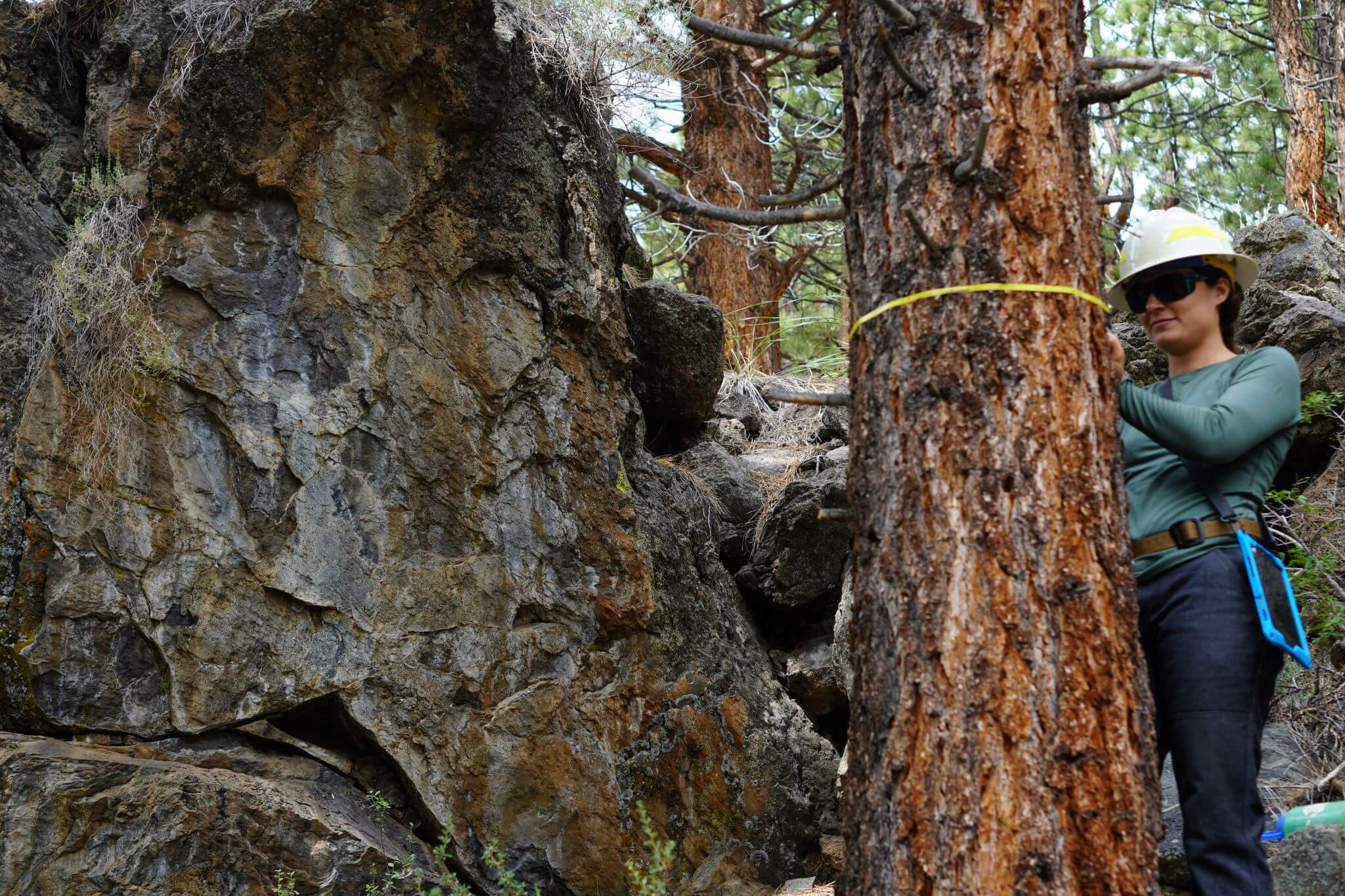
Biomass Solutions
Biomass utilization is a critical component of reducing wildfire risk, and while developing scalable and sustainable biomass processing solutions presents challenges, progress is being made. Ongoing research, collaboration with industry partners, and investment in new technologies are paving the way for more effective and economically viable biomass solutions.
